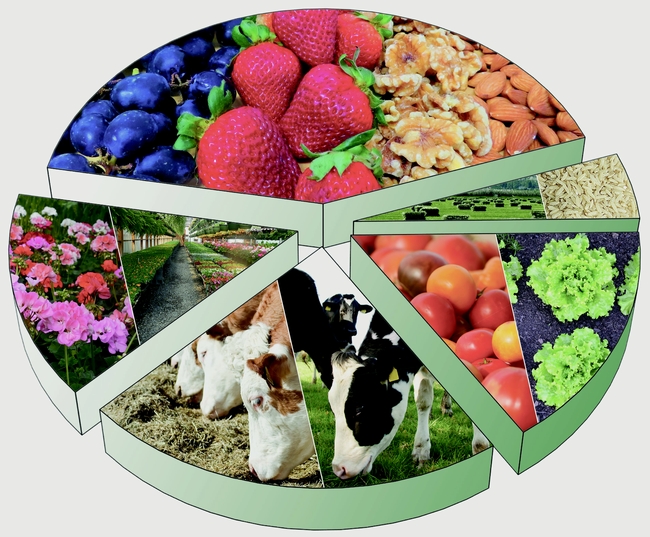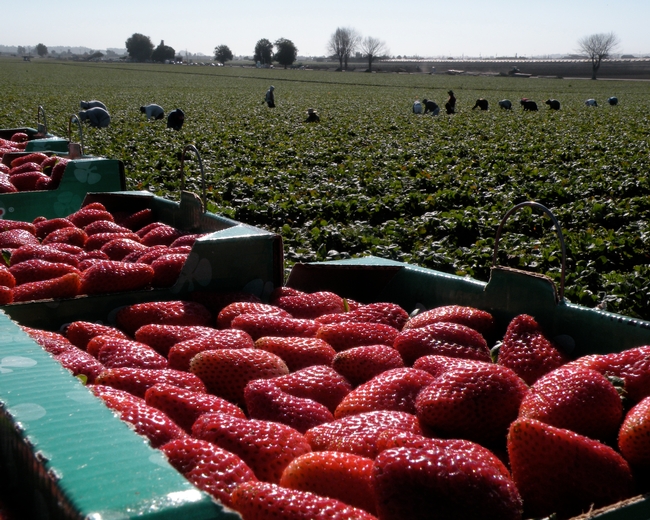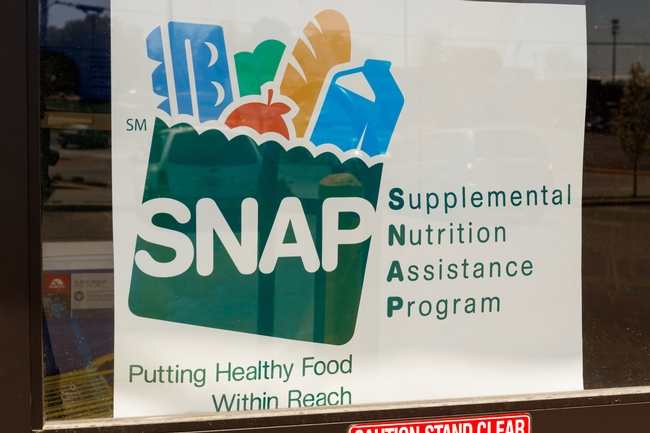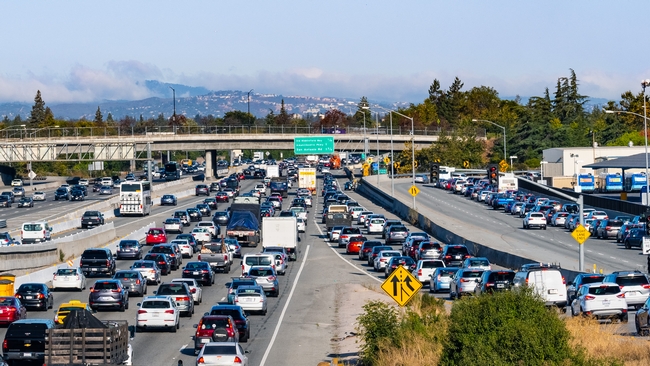How has coronavirus pandemic impacted California food, agriculture and environment?
New report explores long-term effects of COVID-19 on state's cattle, dairy, produce, strawberry, tomato, nut and wine industries.
COVID-19 continues to affect parts of California agriculture in different ways. A new report from agricultural economists at the University of California examines the current and long-term impacts on California's leading agricultural industries.
Profiles in the report illustrate the different ways the pandemic has impacted dairy, beef and produce – industries that have scrambled to repurpose products from foodservice to retail – and tree nuts, an industry that saw a temporary spike in sales as consumers hoarded storable goods. The report includes expert assessments of what the future holds for California's cattle, dairy, produce, strawberry, tomato, tree nut and wine industries.
The studies are contained in a special coronavirus issue of ARE Update, a bimonthly magazine published by the University of California Giannini Foundation of Agricultural Economics. Contributors include several experts from the UC Davis Department of Agricultural and Resource Economics.
In addition to industry profiles, the report includes three articles addressing the effect of the pandemic on farm labor, food security, and traffic and pollution in California. The authors conclude that farm labor supplies are likely to be reduced due to the pandemic, hastening the trend toward mechanization. Authors of the study on federal nutrition assistance programs expect participants in these programs to face unprecedented economic hardship due to the COVID-19 pandemic. They suggest specific policy responses to reduce the impact. The study on vehicle traffic (and associated pollution) in California shows that travel dropped dramatically—by 40% to 60%—in California following the stay-at-home order, but then began increasing in mid-April, long before any restrictions on the stay-at-home order were lifted.
“Although the coronavirus pandemic continues to afflict most parts of the world, states and countries are attempting to reopen their economies and assess the damage that has been wrought,” said Richard Sexton, UC Davis distinguished professor and co-editor of ARE Update. “We look at the impacts on California agricultural industries and the implications for the environment and consumers, especially the most vulnerable among us.”
COVID-19 and farmworkers
No state relies upon agricultural labor more than California, where employment peaks seasonally in June. When stay-at-home orders were issued in March 2020 to slow the spread of COVID-19, farmworkers were deemed essential and expected to continue working.
As California's farm employment climbs toward its June peak, sick farmworkers, closed schools and uncertainties surrounding the H-2A guest worker program could reduce the supply of farmworkers, accelerating trends already underway such as mechanization.
Full article can be found at https://s.giannini.ucop.edu/uploads/giannini_public/c8/0a/c80aa637-6775-4bfa-9a64-bd680cc2dbce/v23n5_2.pdf.
Nutrition assistance programs
Processing plant closures, consumer stockpiling of key staple foods and other supply chain disruptions have raised serious questions about food security in the U.S. Enrollments in CalFresh, for example, are up as much as 80% in California from last year at this time.
The authors address the role policymakers, food banks and food assistance programs like the National School Lunch Program and Women, Infants and Children (WIC) can play in meeting food-security challenges now and in the future.
Full article can be found at https://s.giannini.ucop.edu/uploads/giannini_public/75/3d/753dcb99-8d44-4bd9-a668-b277a45456eb/v23n5_3.pdf.
Traffic, travel and pollution
Near real-time data can give key insights into how the pandemic and economic shutdown have impacted behavior in California. Using Caltrans traffic sensor data and Apple data, economists show that travel in California dropped precipitously when the stay-at-home orders were issued—down 40% to 80%, depending on the data source—but the rate of decline varied considerably by regions within the state.
While the stay-at-home order did reduce travel, the report found that the shutdown had no effect on fine particulate concentrations, a key contributor to air pollution.
Full article can be found at https://s.giannini.ucop.edu/uploads/giannini_public/30/4c/304cd12d-bcae-4ebb-8f5c-288695030eca/v23n5_4.pdf.
To read ARE Update's Special Issue: Implications of the Coronavirus Pandemic on California Food, Agriculture, and the Environment, visit https://bit.ly/ARECOVID19impact or https://s.giannini.ucop.edu/uploads/giannini_public/d4/e0/d4e0d72d-648c-4a0e-9048-cef6d9f2ba77/v23n5.pdf.
Commodity profiles can be found at
Strawberry: https://s.giannini.ucop.edu/uploads/giannini_public/6a/03/6a0331aa-30fe-47d6-97e7-1d6d437ec6fc/v23n5_10.pdf





